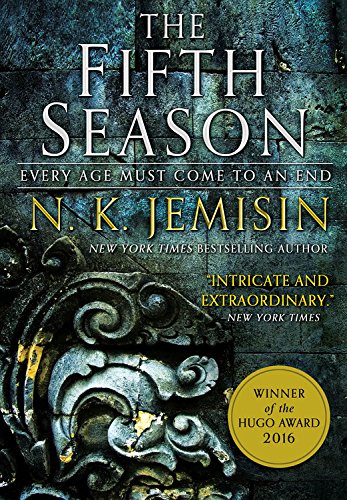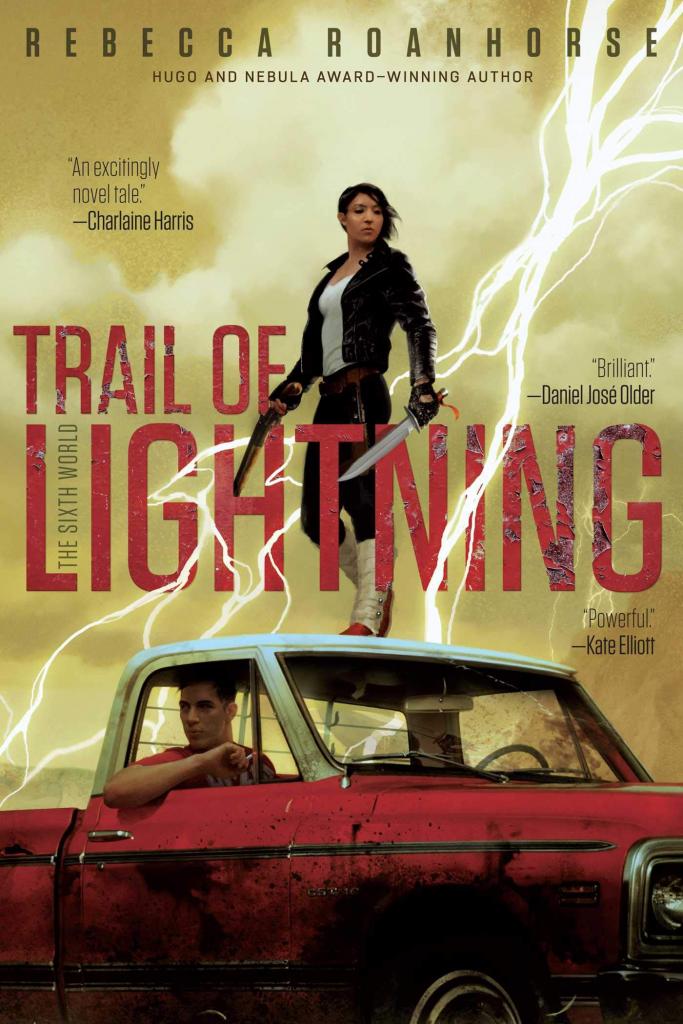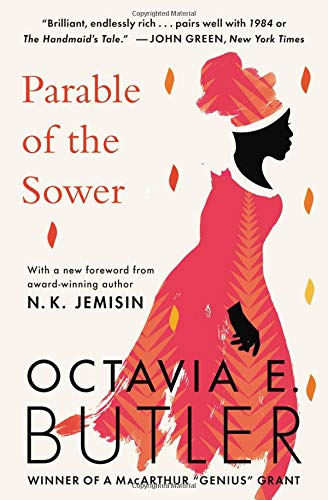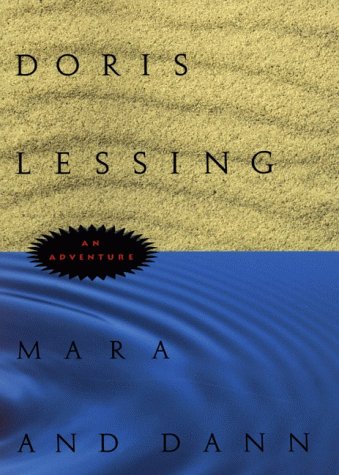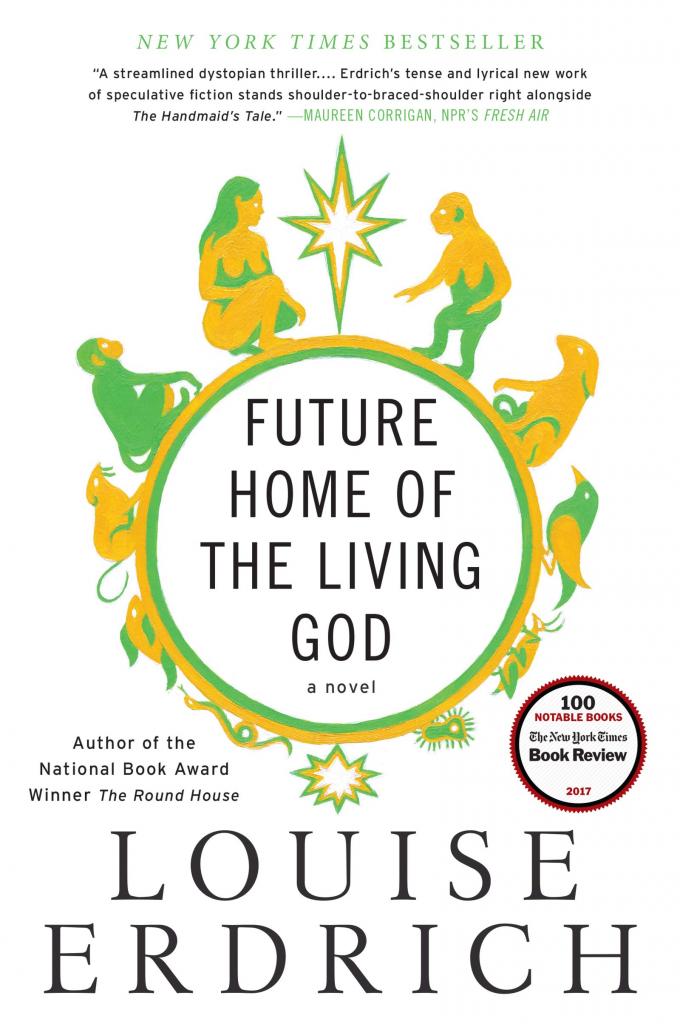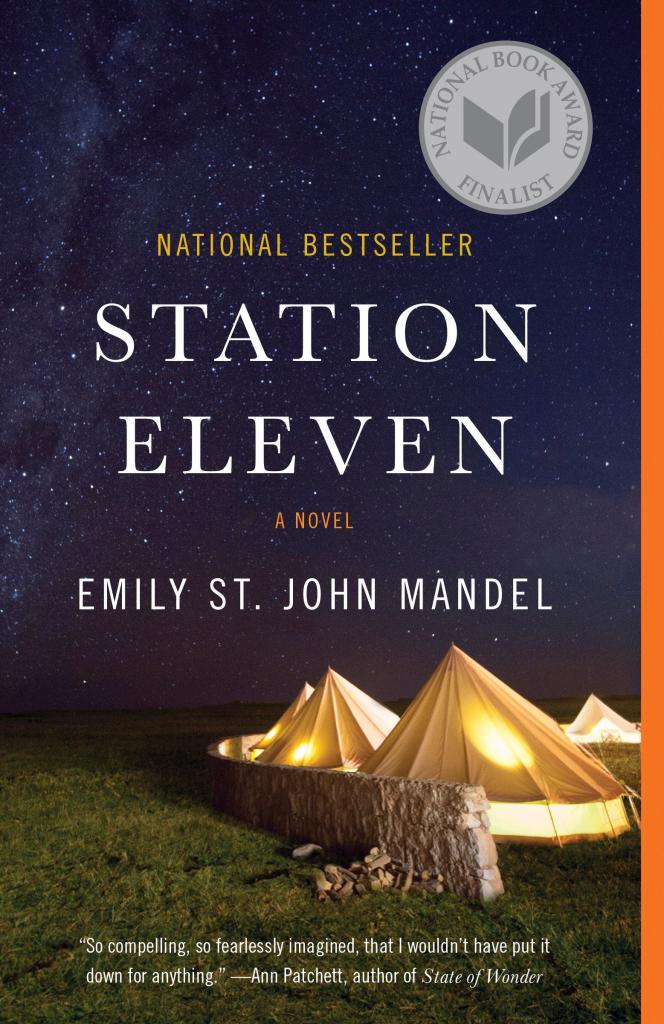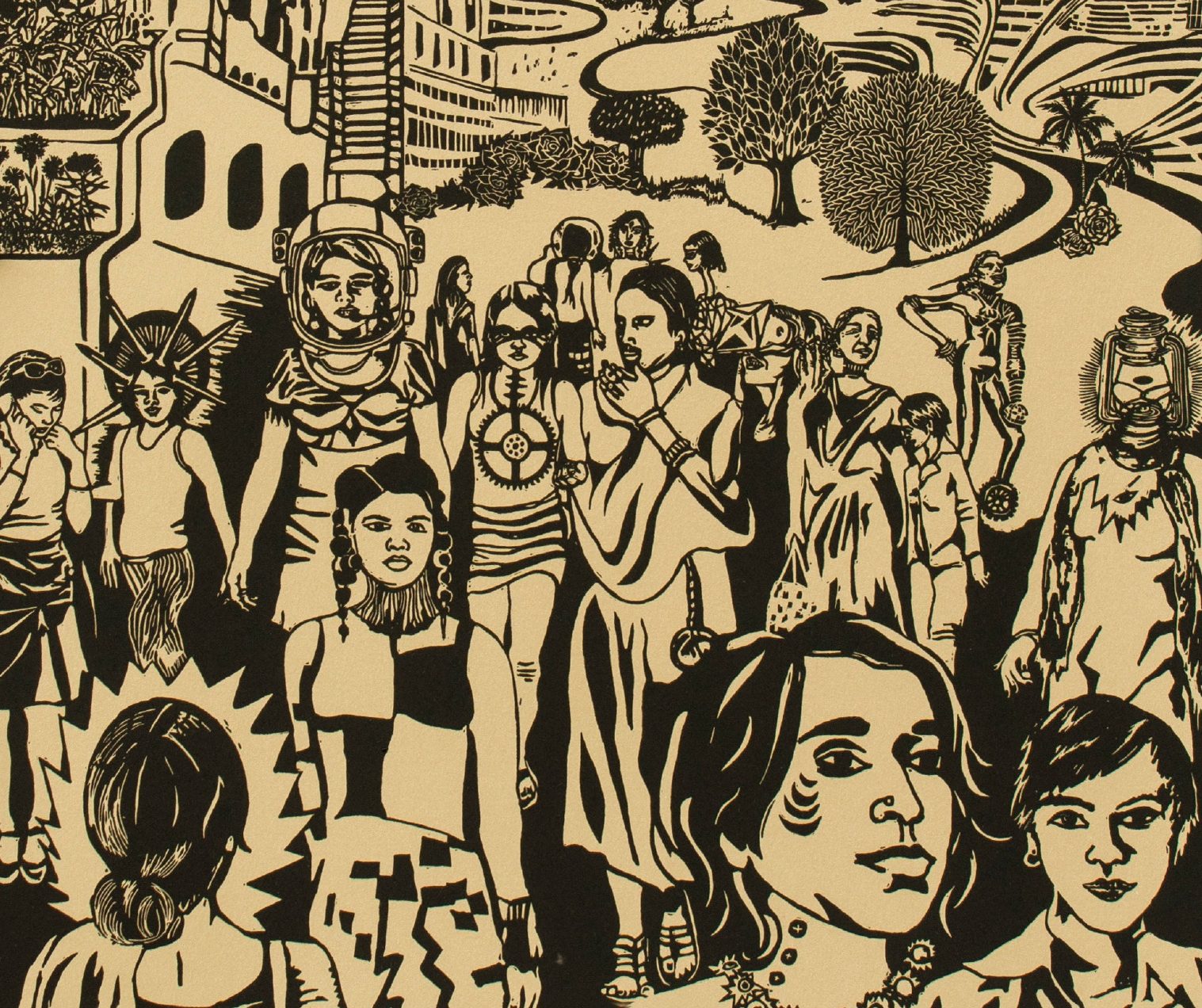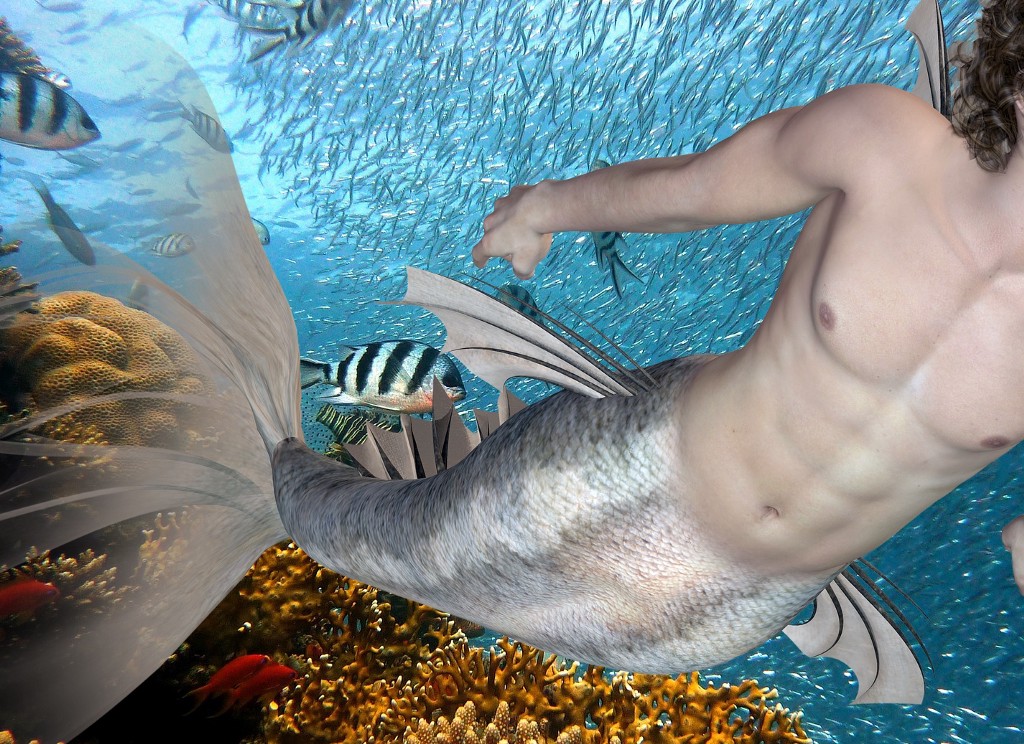Reading Lists
A Starter Kit to Help You Pack for the Apocalypse
7 books by feminist science fiction and fantasy authors that prepare us for impending doom

I’m a bit of a prepper. I don’t always mean to be, but I grew up in the mountains of southern Colorado, where every winter required a certain degree of readiness. We never knew when we would get snowed in and lose all access to fresh fruit, vegetables, or dairy. We lived two hours outside of the nearest town and kept our freezers filled with milk and salvaged road kill. (My dad once saw someone hit an elk on the highway. After dropping off me and my sister at home, he went back and cleaned and packed the dead bull. We ate off that beaut all winter.)
By prepping, I don’t mean I’m stocking up on guns or preparing for a violent overthrow of the government. Actually, I’m preparing for when other people do that, or when zombies explode onto the scene because we keep messing around with ancient mummy juice. And even if none of that happens, we’re headed for some serious climate crisis fallout in the next couple decades. Very few people seem to be taking seriously how bad things are going to get, except for feminist science fiction and fantasy authors.
These writers seem to understand my somewhat-founded anxiety better than anyone else, so I find myself turning to the pages of their novels for advice on how to prepare. While defensive perimeters and water capturing devices are important once you reach a stable location, getting there is often more than half the battle in these apocalyptic tales—and how prepared you are for difficult, even deadly migration often determines if you will make it or not.
If you’re anything like me, you’ve at least thought about putting together a go bag (AKA “bug out bag”). Today, some of the coolest feminist minds in science fiction and fantasy are going to help me give you a starting list—because in 2019, everyone should be prepared for the apocalypse.
A durable bag: The Fifth Season by N.K. Jemisin
First and foremost, you’re going to need a bag to hold your various supplies, as readers quickly learn in N.K. Jemisin’s bleak, apocalyptic Broken Earth trilogy. The first book, The Fifth Season, drops us right into the cataclysmic action alongside Essun, a person with the ability to manipulate tectonic activity. In her society, people like her (orogenes) are seen as unwanted troublemakers. Essun carries the same runny-sack throughout most of the trilogy, the bag being pretty much her only consistent companion as she faces trial after devastating trial. Though it’s safe to assume her bag is made of a natural material such as canvas, I don’t think Essun would mind if you used a backpack instead.
A really good knife: Trail of Lightning by Rebecca Roanhorse
In her post-apocalyptic novel about the emergence of the Sixth World, brought on by human-caused flooding due to fracking, Rebecca Roanhorse arms her protagonist––the monster-slayer Maggie––with a very cool weapon: a Böker machete. The Böker comes in handy when Maggie uses her clan powers against her enemies, turning her into a super-fast killing machine. For general survival purposes, it would also be helpful for clearing paths, gutting animals, and other activities. Maggie just so happens to be particularly adept at murder.
Seeds: Parable of the Sower by Octavia Butler
In the not-so-distant future when a presidential candidate runs with the slogan “Make America Great Again,” Lauren Oya Olamina lives through the collapse of civilization in the U.S. Drinkable water is running out, sea levels are rising, and humanity is battling disaster. In Octavia E. Butler’s Parable of the Sower, Olamina faces the end of everything by packing her go-bag with viable seed packs. She changes out the seeds regularly to make sure they stay viable, with the goal of eventually being able to grow food once she reaches a safe place to garden. Seeds are at once the most practical and most hopeful item in your go bag. Planning for future nourishment is important, as is maintaining hope that there will be a future where you will need to eat, so make sure you have (viable) seeds in your bag.
Dried food: Mara and Dann by Doris Lessing
Twenty-five thousand years in the future, siblings Mara and Dann live on the only continent not covered in ice: Ifrik (modern day Africa). As they journey north in Doris Lessing’s novel, they are confronted by climate disasters, terrifying wild animals, and hostile humans who slit travelers’ throats over a piece of dried fruit. Starvation is an imminent and constant threat and the siblings find themselves facing danger time and again to search for food. During their trek, Mara’s hunger for knowledge (and old technology) takes precedence over her actual hunger, which puts both her brother and her at risk. Where most of the novels on this list provide a positive example of what to carry, Mara and Dann offers a lesson in not making the same mistakes. Any physical migration will require stamina and carrying sufficient dried rations will certainly make the journey easier, so make sure your go bag has ample dehydrated food—which is lighter than fresh items and easier to stock up on.
A camera: Severance by Ling Ma
After fungal spores spread a zombie-like virus across the planet and devastate society, Candace Chen, going against popular post-apocalyptic wisdom, remains in New York. When the municipal infrastructure breaks down, she wanders the city taking photos with her camera and posting them to her blog. Ling Ma’s Severance depicts two timelines: the present of the collapsed world and the past that brought Chen to this point, adding another identity-driven aspect to her photographic documentation, as readers learn about Chen’s experiences as an immigrant. Chen is at once discovering and creating her identity in this new world—and a camera becomes an essential part of her process. The apocalypse is a natural time to go through an identity crisis––having a camera in your go bag is a great way to document your journey and your self-discovery alongside humanity’s descent.
A notebook: Future Home of the Living God by Louise Erdrich
Evolution on Earth has begun to run backwards and as babies begin to appear more and more primitive, fertility and pregnancy have become matters of the State. As you can imagine, this is a less than ideal time for Cedar Hawk Songmaker to realize that she’s pregnant. Despite bludgeoning swarming rats to survive and living in hiding to avoid abduction, Songmaker remains relatively hopeful. Erdrich’s novel takes the form of a series of letters from Songmaker to her unborn child. In the letters, Songmaker seeks to make sense of world events, her own identity, and her pregnancy. Whether or not you’re pregnant during the apocalypse, carrying a notebook in your go bag is important both as a tool for recording events and as a way to reflect and process trauma.
A physical connection to life before: Station Eleven by Emily St. John Mandel
In Emily St. John Mandel’s Station Eleven, a dark exploration of celebrity, memory, and tragedy, Kristin Raymonde is among the remaining one percent of the population that survives a super-flu outbreak. Raymonde is performing in King Lear when the flu hits, and the virus kills Arthur, the lead of the production. As Raymonde travels with her new post-apocalypse troupe, she collects clippings about Arthur, preserving his memory. The clippings also act as a touchstone for Raymonde, who cannot remember the year of the collapse, and she uses them to help her feel safe and connected to the past. While there’s no going back after a cataclysmic event of that scale, Mandel seems to suggest there’s something important about remembering the before—even if it’s remembered imperfectly. Clippings of celebrities you once knew may not be the ticket for your go bag, but you’ll want to include some memorabilia to tether you to your existence now.
Someone who’s got your back: All the Birds in the Sky by Charlie Jane Anders
OK, so this one can’t really fit in your bag, but Charlie Jane Anders’ All the Birds in the Sky makes it clear that the only way to survive the apocalypse is with a friend who has your back. In a novel that blends science fiction and fantasy, Anders explores what the end of the world will be like for a witch, Patricia Delfine, and a genius scientist, Laurence Armstead, who live in San Francisco. As the birds cry out, “Too late,” and the streets crack and crumble, these BFFs have to heal their friendship to survive. Make sure you’ve got a friend who’s got your back when the world tips on its side—and it doesn’t hurt if there’s a spark there, too. The end of the world will be lonely, after all.




